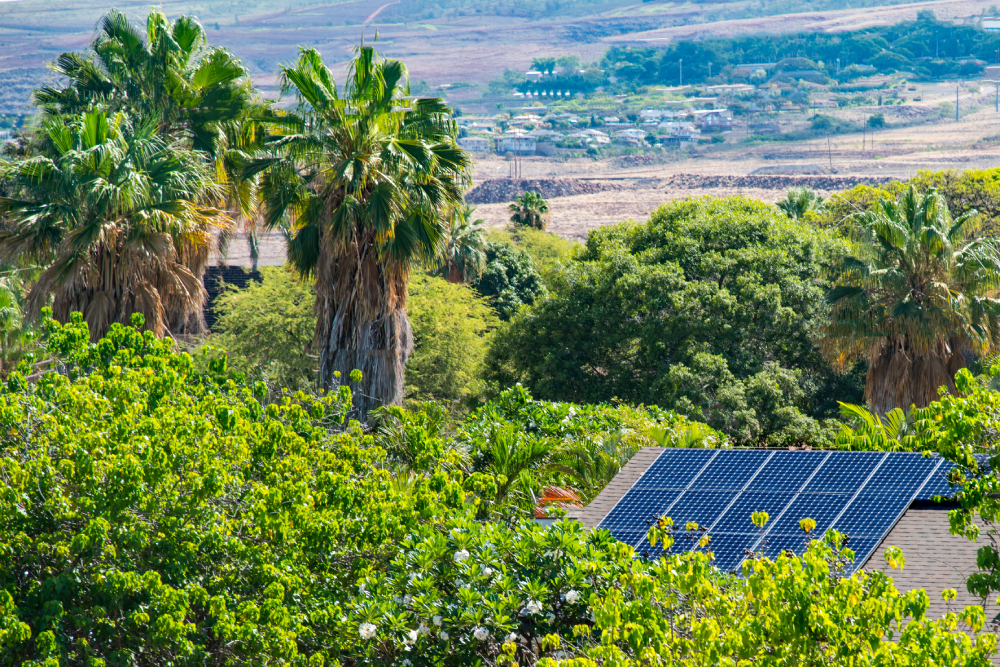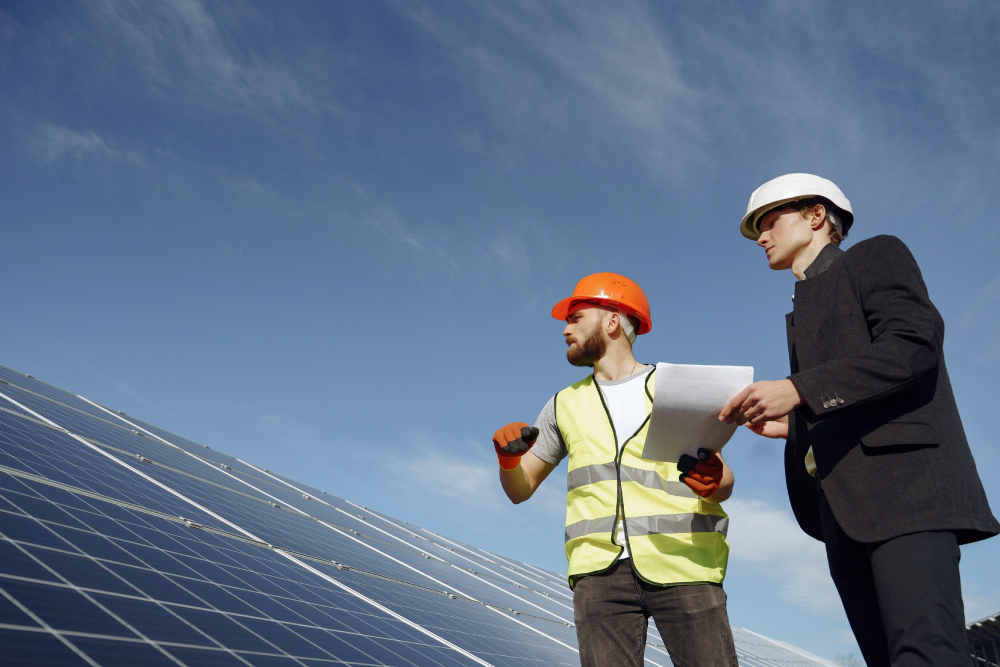Design and Installation. Once you have decided on the solar panel system and financing option, the installer will obtain the necessary permits and begin the installation process. This typically involves designing and mounting the solar panels on your roof.
Design and Installation of Solar Panel
Step 2 of the process of getting solar panels for your home is the design and installation phase. This phase begins after you have consulted with a solar panel expert and decided on the solar panel system and financing option that best suits your needs.
During the design and installation phase, the installer will obtain the necessary permits and begin the installation process. This typically involves designing and mounting the solar panels on your roof. The installer will work with you to determine the best location for the solar panels, taking into account factors such as the orientation and pitch of your roof and the available space for installation.
The first step in the design process is to create a detailed plan for the solar panel installation. This plan includes the number and placement of the solar panels, the mounting system, and the electrical components needed to connect the solar panels to your home’s electrical system. The installer will typically use specialized software to create this plan, which takes into account factors such as the size of your home and your electricity usage.

Once the design plan is complete, the installer will begin the installation process. This typically involves mounting the solar panels on your roof using a specialized mounting system. The mounting system is designed to keep the solar panels securely in place while also allowing for easy access to the panels for maintenance and cleaning.
After the solar panels are mounted, the installer will connect them to your home’s electrical system. This involves installing an inverter, which converts the DC electricity generated by the solar panels into AC electricity that can be used to power your home. The installer will also install a meter to track the amount of electricity generated by the solar panels.
Throughout the installation process, the installer will take steps to ensure that the solar panel system is installed safely and according to local building codes and regulations. This typically involves obtaining permits and inspections from the local government to ensure that the installation meets all necessary safety and environmental standards.
Once the solar panel system is installed, the installer will conduct a final inspection to ensure that the system is functioning properly and that all components are installed correctly. This includes testing the electrical connections and verifying that the system is generating electricity as expected.
In conclusion, the design and installation phase is a critical step in the process of getting solar panels for your home. During this phase, the installer will obtain the necessary permits and design and install the solar panel system, including the mounting system and electrical components. The installer will also take steps to ensure that the system is installed safely and according to local building codes and regulations. By working with a professional installer, you can ensure that your solar panel system is installed correctly and functioning at peak efficiency, providing you with clean and sustainable energy for years to come.
ESAY installation, ontime, on budget, thank you brenda
roger morgan, irvine, ca

